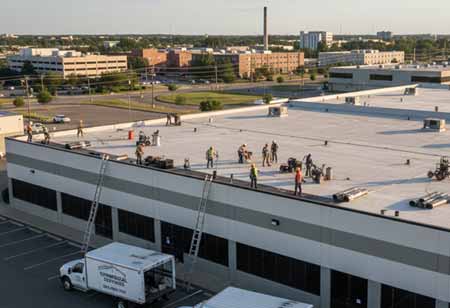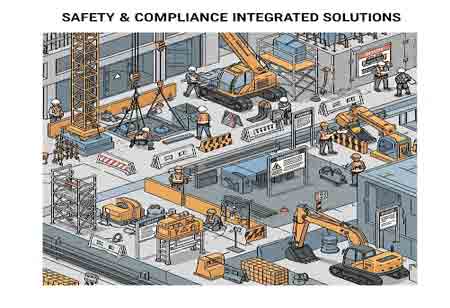Thank you for Subscribing to Construction Business Review Weekly Brief
Specials
- Apartment and Condominium Contractors Canada
- Decking Canada
- Architectural Glass Europe
- MEP APAC
- Construction Saudi Arabia
- German Apartment and Condominium Contractors
- Construction Law APAC
- Outdoor Construction
- Foundation Construction Canada
- MEP Canada
- Kitchen and Bath
- Cold Storage Construction APAC
- Precast Concrete Europe
- Construction Staffing Europe
- Pre-Construction Services
- Flooring System APAC
- Scaffolding Canada
- Swimming Pool Construction Canada
- Construction Management Canada
- Cold Storage Construction Canada
- Flooring Systems Europe
- Residential Construction
- Concrete Canada
- Construction Cladding Europe
- Construction Cladding APAC
- Concretes, Aggregates and Construction Materials APAC
- Concretes, Aggregates and Construction Materials Europe
- Commercial Contractors Europe
- Commercial Contractors APAC
- Dummy
- Construction Insulation, Coating and Waterproofing
- Construction Management APAC
- Landscaping Canada
- Construction Coating Europe
- Construction Tech Startups Europe
- Insulation Services Europe
- Mechanical Contractor Canada
- Mould Remediation and Testing Europe
- Swimming Pool Construction APAC
- Building Sealing Solutions Europe
- Construction Engineering Services
- Mechanical Electrical and Plumbing
- Roofing Systems Europe
- Architectural Glass APAC
- Startups APAC
- Construction Forensic and Owners Representative
- Flooring System
- Waterproofing APAC
- Wall Systems
- Safety and Compliance Europe
- Construction Bidding and Auctions
- Modular and Prefab Construction
- Architectural Glass
- Construction MENA
- Construction Demolition and Recycling Europe
- Modular Construction Europe
- Construction Interiors
- Steel Building APAC
- HVAC
- Doors and windows
- Construction Latam
- Building Information Modeling APAC
- Sustainable Construction APAC
- Building Restoration and Maintenance
- Commercial Contractors
- Specialty Construction
- Construction Engineering Canada
- Construction Engineering MENA
- Modular Construction Canada
- Modular Construction APAC
- Roofing and Siding Systems
- Workforce Management and Staffing
- Roofing Systems APAC
- Construction Consulting
- Steel Building Europe
- Construction Demolition and Recycling APAC
- Safety and Compliance APAC
- Concretes, Aggregates and Construction Materials
- Construction Cladding
Importance of Foundation Construction for Structural Stability
Foundations in construction provide the crucial support that ensures the stability and longevity of structures. As the literal and metaphorical bedrock upon which buildings rest, foundations play a pivotal

By
Construction Business Review | Tuesday, January 23, 2024
Stay ahead of the industry with exclusive feature stories on the top companies, expert insights and the latest news delivered straight to your inbox. Subscribe today.
A well-designed and properly constructed foundation lays the groundwork for safe, durable, and resilient buildings, embodying the essence of structural integrity in the built environment.
FREMONT, CA: Foundations in construction provide the crucial support that ensures the stability and longevity of structures. As the literal and metaphorical bedrock upon which buildings rest, foundations play a pivotal role in distributing loads, preventing settlement, and safeguarding against environmental forces. The purpose and functions of foundation construction delve into the key aspects that make it an indispensable component of any structure. The primary function of a foundation is to distribute the loads imposed by the structure evenly to the underlying soil or rock. Buildings, bridges, and other structures exert various loads, such as dead loads (permanent, static loads like the structure's weight) and live loads (dynamic loads from occupants, furniture, or equipment).
The foundation acts as a mediator, transferring these loads to the ground to prevent uneven settlement and potential structural failure. Stability is paramount in construction, and foundations ensure a structure's stability. Building foundations resist forces such as wind, earthquakes, and lateral loads by anchoring them to the ground. Properly designed foundations prevent excessive movement and tilting, ensuring that the structure remains steadfast despite external forces. Over time, structures may experience settlement as the soil beneath them consolidates. Foundations are designed to minimize immediate and long-term settlement, ensuring the structure remains level and secure.
Various foundation types, such as shallow foundations (spread footings) and deep foundations (piles or piers), are employed based on soil conditions and structural requirements to mitigate settlement risks effectively.
More in News





